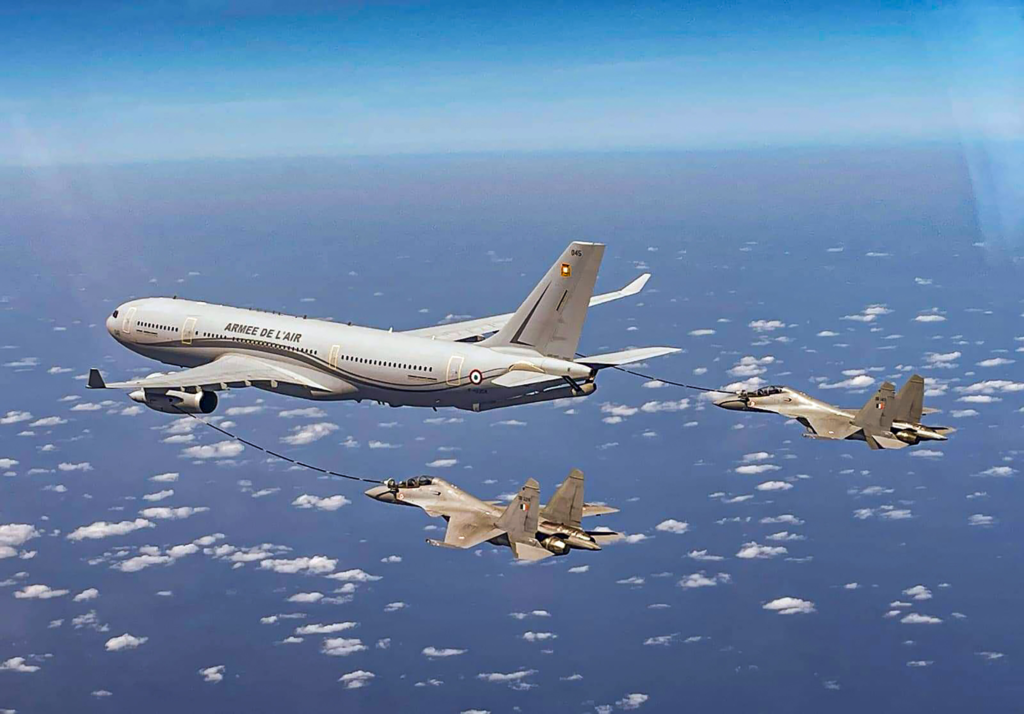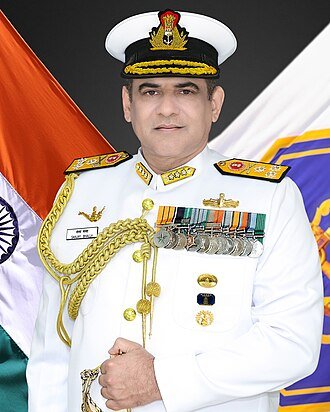
An officer of 2nd Battalion of Garhwal Rifles, this son of Dharamsala laid down his life fighting Pak infiltrators in 1965
Captain Chandra Narain Singh, a proud Himachali Dogra, born in Dharamsala on July 2, 1939, embodied courage from the very start. Inspired by his father’s military legacy, he was selected to the Indian Military Academy on his first attempt and was commissioned into the illustrious 2nd Battalion of Garhwal Rifles, which is famous for its World War I Victoria Cross heroes, on June 11, 1961.
Captain Chandra Narain, who was affectionately known as CN, quickly distinguished himself and was entrusted with a staff officer’s role in an Infantry Brigade guarding the sensitive Poonch-Mendhar sector. In a tense buildup to the 1965 conflict with Pakistan, Captain Chandra Narain displayed exemplary leadership and unflinching bravery, proving beyond doubt that Himachali valour yields to none.
His supreme sacrifice in 1965 remains an enduring testament to duty, honour and the spirit of India’s fearless soldiers. As Government College, Dharamsala, is planning for its centenary celebrations, the Old Student’s Association has strongly recommended the college to be named after its alumni — this great son of the soil.
As tensions along the ceasefire line surged to unprecedented heights, the summer of 1965 became one of the most volatile periods since the conflict with Pakistan of 1947-48. By early August, Indian forces in Jammu and Kashmir were confronting an alarming escalation: infiltrating groups of 100 to 150 men slipping across the ceasefire line, armed and intent on destabilising the region and inciting unrest. These incursions, far bolder than earlier violations, marked the launch of Pakistan’s large-scale infiltration campaign — Operation Gibraltar.
Amid this unrest, a story of extraordinary courage unfolded in the rugged hills near Poonch. Captain Chandra Narain, serving as Staff Captain with 93 Infantry Brigade Headquarters, would on August 5, 1965, undertake an action that would forever etch his name in India’s military history.
That afternoon, a local informer arrived breathless at the Brigade Headquarters with a chilling news: Over a 100 Pakistani infiltrators in civilian attires had been sighted at Dabrot village between Galuthi and the ceasefire line. The Brigade Commander recognised the emergency and ordered Capt Chandra Narain to lead an immediate patrol, drawing personnel from the defence platoon of 22 Maratha Battalion. With him went his loyal sahayak, Rifleman Pushkar Singh Bisht, and an accompanying Maratha officer.
The patrol reached Dabrot swiftly. Capt Chandra Narain, with characteristic precision, organised a thorough search and soon, the infiltrators were sighted. Though Capt Chandra Narain and his team were heavily outnumbered, he launched a fearless assault, catching the enemy off guard. The infiltrators scattered in panic, abandoning three light machine guns and a sizable cache of ammunition.
But the danger was far from over. A concealed splinter group opened fire from behind boulders, turning the skirmish into a fierce close-quarter battle. In the melee, Rifleman Bisht was grievously wounded and he collapsed. As the infiltrators closed in to finish him, Capt Chandra Narain, shouting “Badri Vishal Lal ki Jai!”, charged alone at the enemy. Firing his carbine with deadly accuracy, he neutralised almost the entire group in a display of unmatched bravery.
In those final moments, the fate dealt its cruellest blow. A fleeing infiltrator fired wildly and one bullet hit Capt Chandra Narain in the head. He fell beside his sahayak, both having made the supreme sacrifice.
For his indomitable courage and leadership under extremely hostile conditions, Captain Chandra Narain was posthumously awarded the Maha Vir Chakra (MVC). A proud “Military Maha Vir” of Himachal Pradesh, Captain Chandra Narain remains an enduring symbol of fearless devotion to duty.
Six decades on, the hero remembered with honour, pride
- On August 5, the 60th anniversary of Capt Chandra Narain Singh’s martyrdom, 16 Garhwal Rifles held a solemn ceremony at Dharamsala to honour the Maha Vir Chakra awardee’s legacy
- In a deeply symbolic moment, his medals were received with reverence by Lt Gen DS Rana, Colonel of Garhwal Rifles and Garhwal Scouts and CINCAN
- Senior officers, including Lt Gen Rajan Sharawat, Brigadier Vinod Singh Negi and Colonel Vishal Kumar Singh, also paid tributes
- The medals are now preserved at the Garhwal Rifles Regimental Centre Museum at Lansdowne in Pauri Garhwal, Uttarakhand, serving as a lasting reminder of Capt Chandra Narain Singh’s heroism and selfless service
































































